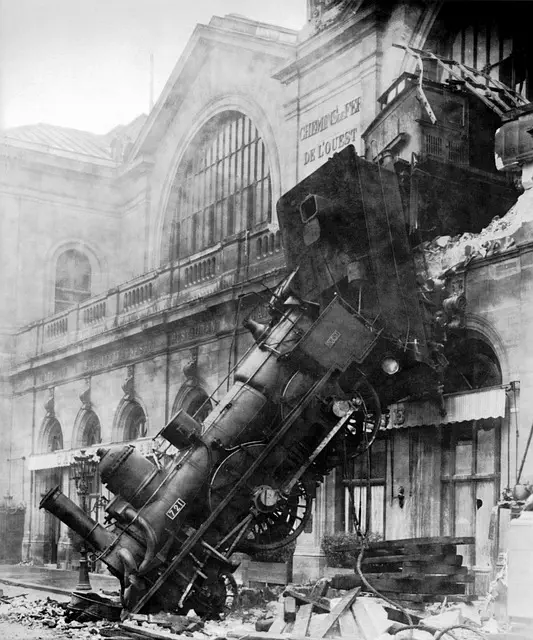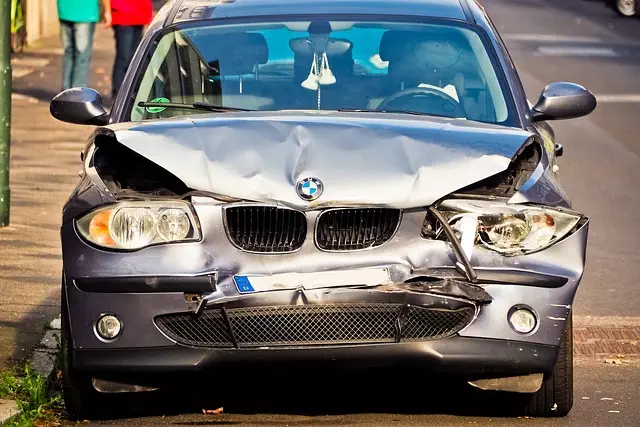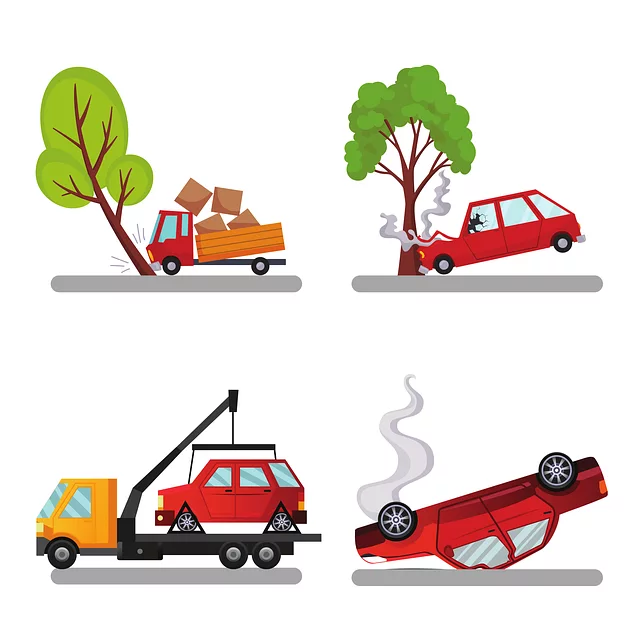In Manhattan, cyclists and drivers have specific rights and responsibilities regarding right of way, with strict laws against drink driving in Alcohol-Related Motorcycle Accidents Brooklyn. Cyclists have full access to lanes and paths, while drivers must yield to them in crosswalks and bike lanes, exercise caution when changing lanes or opening doors, and adhere to blood alcohol limits. Brooklyn is addressing rising incidence rates of these accidents through targeted enforcement, educational initiatives, and infrastructure improvements. Both cyclists and motorists are encouraged to prioritize safety by adhering to traffic rules, wearing reflective gear, and using dedicated bike lanes to reduce the risk of accidents in dense urban areas.
In Manhattan, understanding cyclist right of way rules is crucial for both cyclists and motorists. This article delves into the intricate web of regulations governing bike lanes and intersections, focusing on key areas like alcohol-related incidents in Brooklyn—a stark reminder of the heightened risks during happy hours. We explore safety measures that can mitigate dangers, dissecting legal implications and liability in motorcycle accidents. Additionally, we offer preventative strategies to reduce collision risks, emphasizing responsible cycling and driving for a safer urban environment.
- Understanding Cyclist Right of Way Rules in Manhattan
- Alcohol-Related Incidents: A Focus on Brooklyn
- Safety Measures for Cyclists and Motorists
- Legal Implications and Liability in Motorcycle Accidents
- Preventative Strategies to Reduce Collision Risks
Understanding Cyclist Right of Way Rules in Manhattan

In Manhattan, understanding cyclist right of way rules is crucial for both cyclists and drivers alike. Cyclists have the same rights and responsibilities as motorists, including the right to use all lanes and paths. They can take the entire lane when necessary, especially when passing obstacles or turning. When approaching intersections, cyclists should follow traffic signals and stop lines, just like cars. However, they often have a head start, allowing them to gain position and avoid potential conflicts with turning vehicles.
It’s essential for drivers to be extra vigilant in areas with high cyclist traffic. They must yield the right of way to cyclists on crosswalks and bike lanes. Additionally, drivers should be cautious when opening car doors or making lane changes, as these actions can pose significant risks to cyclists. The rules also extend to alcohol-related motorcycle accidents Brooklyn, where standard safety protocols apply—cyclists and motorcyclists alike must adhere to legal blood alcohol limits to ensure their safety and the safety of others on the road.
Alcohol-Related Incidents: A Focus on Brooklyn

In New York City, including Brooklyn, alcohol-related incidents involving cyclists and motorcycles can have severe consequences. Brooklyn, with its dense urban areas and busy streets, has seen an increasing number of such accidents, highlighting the need for heightened awareness and stricter enforcement. Cyclists and motorcyclists are particularly vulnerable on Manhattan’s roads due to their exposure and smaller size, making it crucial to understand and adhere to traffic laws, especially when under the influence of alcohol.
These incidents often lead to serious injuries or even fatalities, emphasizing the importance of responsible drinking and adherence to traffic regulations. Brooklyn’s focus on addressing alcohol-related motorcycle accidents involves targeted enforcement campaigns, educational initiatives, and infrastructure improvements to promote safer riding conditions for all users, particularly in areas known for higher drink-driving rates.
Safety Measures for Cyclists and Motorists

Cyclists and motorists alike prioritize safety in Manhattan’s bustling streets. For cyclists, navigating the city’s traffic requires constant vigilance, especially when sharing lanes with vehicles. Safety measures include wearing reflective gear, using lights on their bikes during low-light conditions, and following traffic rules rigorously. Many Cyclists also advocate for dedicated bike lanes, which physically separate them from vehicular traffic, enhancing overall safety.
Preventing Alcohol-Related Motorcycle Accidents Brooklyn is another critical aspect of ensuring cyclist safety. Motorists are encouraged to drive sober, and strict laws target those who operate vehicles under the influence of alcohol or drugs. These measures aim to reduce not just motorcycle accidents but all road mishaps caused by impaired driving. By adhering to traffic regulations and promoting responsible behavior, both cyclists and motorists can contribute to making Manhattan’s roads safer for everyone.
Legal Implications and Liability in Motorcycle Accidents

In New York City, including Manhattan, cyclists have specific rights and responsibilities on the road. However, accidents can still occur, leading to legal implications and liability issues. When a motorcycle collision happens, understanding the law is crucial for all parties involved. In cases of alcohol-related motorcycle accidents Brooklyn, state laws and local regulations come into play, dictating how such incidents are handled.
Cyclists, like drivers of any vehicle, have a duty of care to operate their bikes safely and obey traffic rules. If an intoxicated cyclist causes an accident, they may face charges and personal liability for any resulting damages. Similarly, motor vehicles sharing the road must yield to cyclists in certain situations, as per Manhattan’s right-of-way laws. In alcohol-related cases, determining fault can be complex, but establishing negligence is key to securing compensation for victims.
Preventative Strategies to Reduce Collision Risks

In Manhattan, cyclists face unique challenges navigating the bustling city streets. To reduce collision risks, cyclists should employ preventative strategies that enhance visibility and predictability. This includes wearing reflective clothing or gear, especially during low-light conditions or night rides, to ensure motorists can spot them easily. Additionally, maintaining a safe speed, adhering to traffic signals and signs, and using hand signals to indicate turns can significantly decrease the chance of accidents.
Beyond individual responsibilities, addressing broader issues like improving street lighting in cycling areas and implementing dedicated bike lanes can create safer environments for cyclists. Moreover, public education campaigns about sharing the road and respecting cyclist rights of way are crucial. In Brooklyn, where alcohol-related motorcycle accidents have been a concern, targeting drunk driving through stringent enforcement and raising awareness about responsible riding practices can contribute to making Manhattan’s streets safer for all users, including cyclists.
Cyclist safety in Manhattan, particularly regarding right of way regulations, is a multifaceted issue. By understanding and adhering to these rules, cyclists can significantly reduce risks. Additionally, addressing alcohol-related incidents in Brooklyn highlights the need for heightened awareness during nighttime hours. Implementing safety measures for both cyclists and motorists, along with a focus on prevention, is crucial to mitigating collision risks. Lastly, while legal implications vary, recognizing liability in motorcycle accidents can foster a culture of responsibility, ultimately contributing to a safer cycling environment in Manhattan and beyond.
